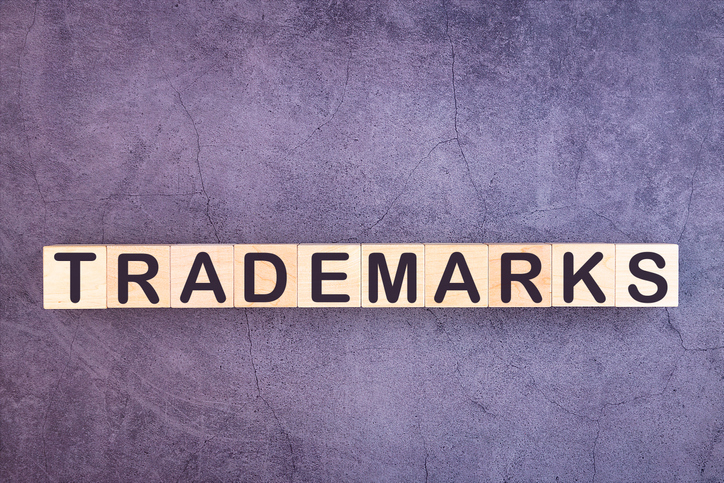Cathrine Ripley considers the different kinds of “zombie” trade mark, and what registered owners of trade marks can do to protect their rights.
While there is no strict legal definition of a zombie trade mark, they can perhaps be best defined in contrast to that which they are not. “Live” trade marks are those which are registered, in use and distinctive. Dead trade marks are those which have entirely lapsed, or are otherwise unused or abandoned. Zombie trade marks are therefore what fills the grey area between these two opposites; marks which are defunct on their surface, but which have elements of life such that they are not entirely dead. These zombie trade marks can be divided into three broad categories; lapsed, unused and orphaned.
Lapsed trade marks
Trade marks lapse if they are not renewed before their registration expires. However, the Trade Marks Act 1994 provides for a 6 month period following expiry of registration during which the trade mark can still be renewed. Therefore, even if a trade mark has technically “lapsed”, by virtue of the registration period expiring, it can still be renewed within this 6 month period.
Even if a trade mark is not renewed during this 6 month grace period, this is not the end of the story; there is then another 6 month period during which the trade mark can be restored.
Unused trade marks
If a trade mark is registered but is not used for a period of 5 years, it is vulnerable to being “revoked” by any third party on the grounds of such non-use.
There are two exceptions to this:
- If there were proper reasons for the non-use. These might include where there has been an abnormal or unforeseeable situation in the market, or some temporary but serious disruption affecting the trade mark owner’s business, beyond its reasonable control.
- If use is resumed after the expiry of the 5 year period, but before the 3 month period immediately before an application to revoke the trade mark is made. Resumption of use within this 3 month period may still be sufficient to prevent the trade mark being revoked, if preparations for the resumption of use of the trade mark began before the trade mark owner became aware that a revocation application might be made.
Orphan trade marks
So-called orphan trade marks are registered trade marks with title issues, or without a registered owner. For example, those under the control of an insolvency practitioner following the insolvency of the registered owner, or those which have been transferred to a new proprietor with no registered record of this transfer occurring. Orphan trade marks are at risk of being adopted by another party for their own use, even if the original owner has continued to use the mark, unaware of the registration issues. However, the party seeking to adopt the trade mark may be unable to register it as their own if their application for registration is considered to be in bad faith. There may be bad faith where, for example, the adopting party knew or should have known that it was being used by a third party, or intended to prevent the third party from continuing to use the trade mark.
There are several steps trade mark owners should consider taking to protect their trade marks:
- To prevent trade marks lapsing, owners should keep a comprehensive list of all their registered trade marks, diarising registration expiration dates.
- Where registration has already expired, owners should seek to renew the lapsed trade mark within the 6 month period referenced above; failing that, they should seek to restore the mark’s registration.
- It would also be wise to maintain some level of use of trade marks, to prevent the risk of cancellation for lack of use.
- To avoid potential issues of ownership, users of trade marks should ensure that they are owned by a ”live” company.
- Early thought should be given to trade mark ownership where a company is threatened by insolvency.

